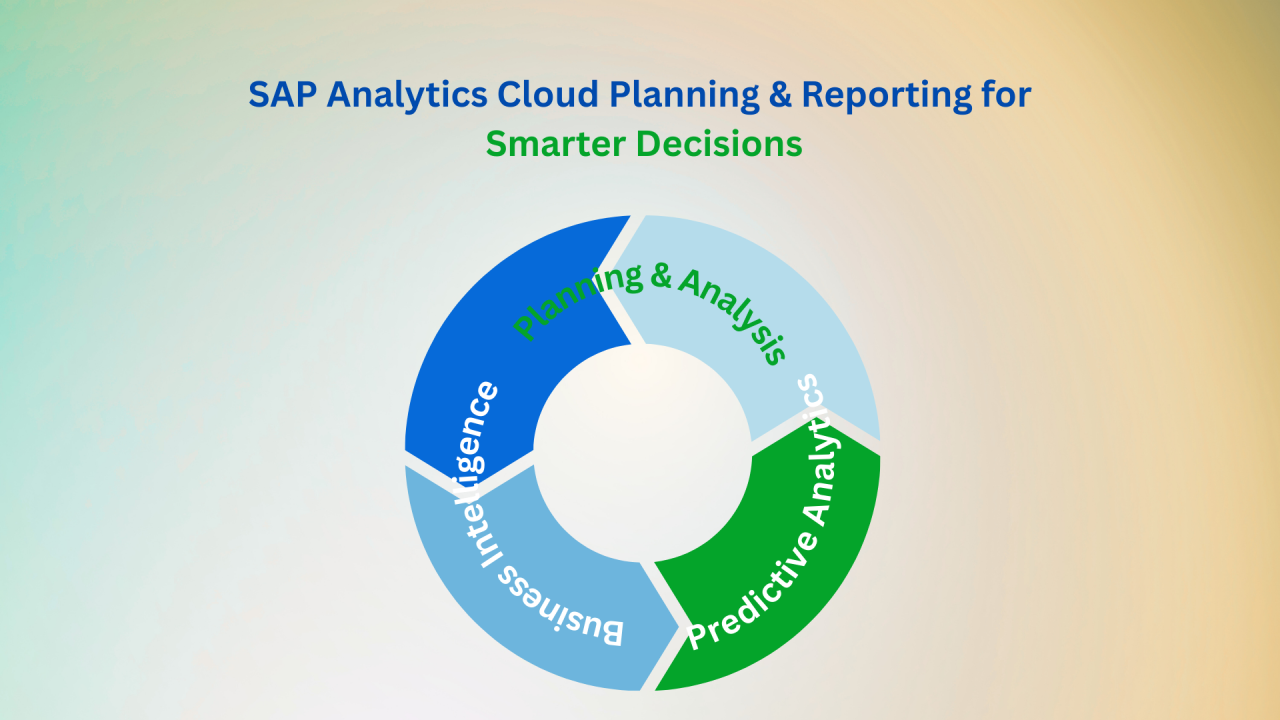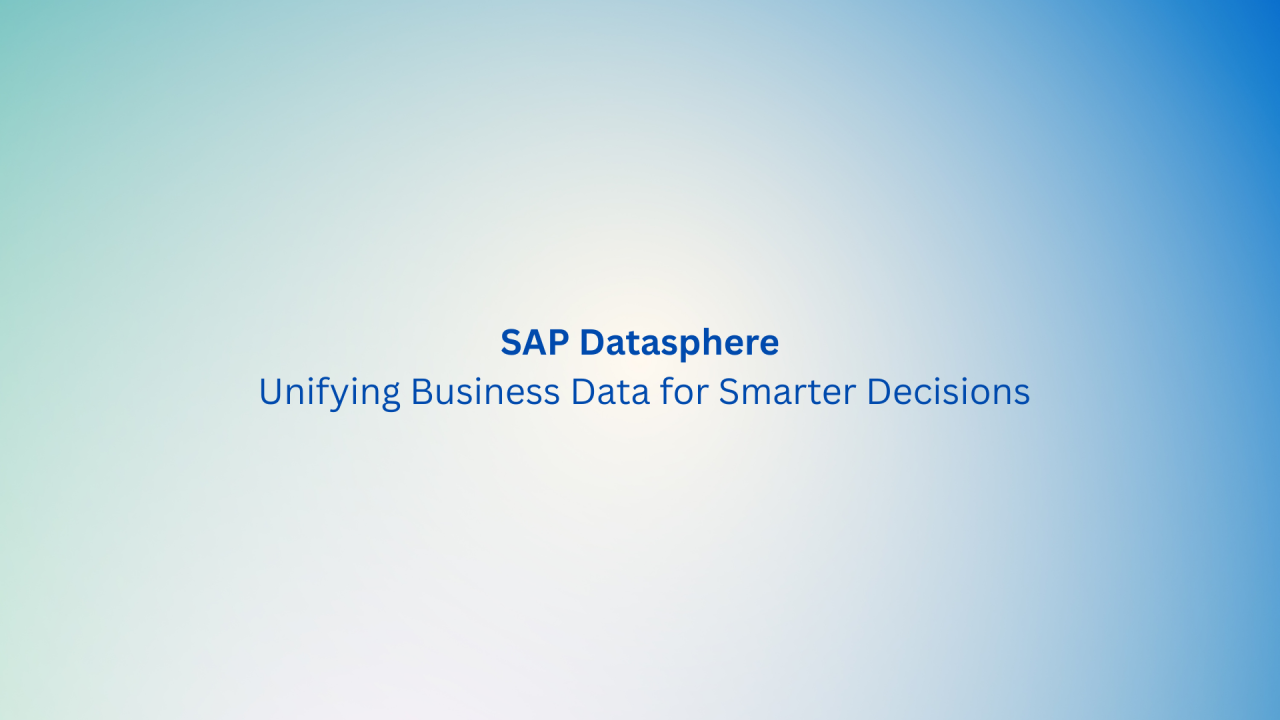Introduction
Welcome to our new LinkedIn newsletter series about SAP Profitability and Performance Management(PaPM)! We’re excited to bring you the latest insights, trends, and best practices in enterprise resource planning and performance management. Our goal is to provide you with valuable information that can help your organization make informed decisions and stay ahead in the competitive business landscape.
We dive into a crucial topic for any organization looking to optimize its allocation processes.
A Modern Approach to Organizational Allocations
When it comes to managing allocations within an organisation, choosing the right tool is critical to achieving accurate and insightful results. While SAP Controlling (CO) has been a reliable choice for many years, SAP Profitability and Performance Management (PaPM) offers several advantages that make it a superior option for today’s organisations, taking into account several factors including flexibility, complexity, integration and advanced analytical capabilities.
Flexibility and Customization:
- SAP PaPM: Offers greater flexibility in defining complex allocation rules and models. It supports dynamic, multi-dimensional models that can be tailored to specific business needs.
- SAP CO: While robust, it has more rigid structures and predefined processes, which might limit customization options for complex allocation scenarios.
Unlike SAP PaPM, SAP CO Allocation cycles have a hard limit of 998 segments per cycle and the field ‘Segment Number’ has only three digits. Also, SAP CO Profitability Analysis (CO-PA) has a number of limitations for characteristics such as 50 where PaPM doesn’t. This flexibility in PaPM is particularly beneficial for organizations with unique and evolving allocation needs.
Advanced Analytical Capabilities:
- SAP PaPM: Integrates advanced analytical functions, enabling users to perform detailed profitability and performance analysis. It leverages in-memory computing to process large volumes of data quickly, providing real-time insights.
- SAP CO: PaPM’s capabilities go beyond the standard reporting and analysis functions available in SAP CO, offering a deeper understanding of cost and profitability drivers.
Seamless Integration with Other SAP Solutions:
- SAP PaPM: Is designed to integrate smoothly with other SAP solutions, including SAP S/4HANA, SAP Analytics Cloud and Non-SAP systems. This integration ensures that data flows seamlessly across different systems, enhancing overall data consistency and accuracy. PaPM’s integration capabilities are more advanced, supporting a more holistic approach to enterprise performance management.
- SAP CO: More tightly integrated with core SAP ERP processes but might face limitations when dealing with diverse data sources and large data volumes.
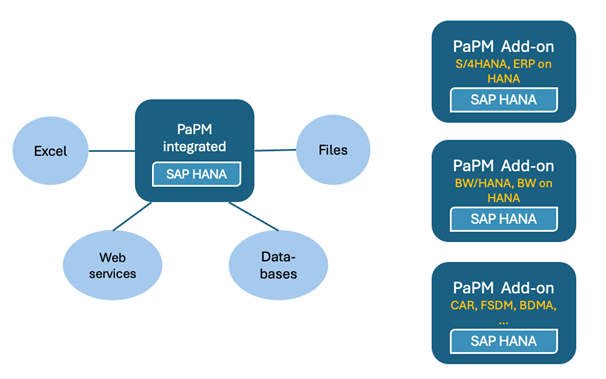
User-Friendly Interface and Ease of Use:
- SAP PaPM: Offers a more user-friendly interface compared to SAP CO. Its modern, intuitive design reduces the learning curve and makes it easier for users to navigate and utilize its features effectively. This user-centric design helps in reducing errors and improving the efficiency of allocation processes.
- SAP CO: Requires more technical knowledge to set up and maintain allocation rules, and its user interface is more traditional and less intuitive compared to PaPM.
SAP PaPM has a feature called ‘My Activities’ which enables to execute functions in an order while SAP CO requires knowledge of the transaction code and execution order.

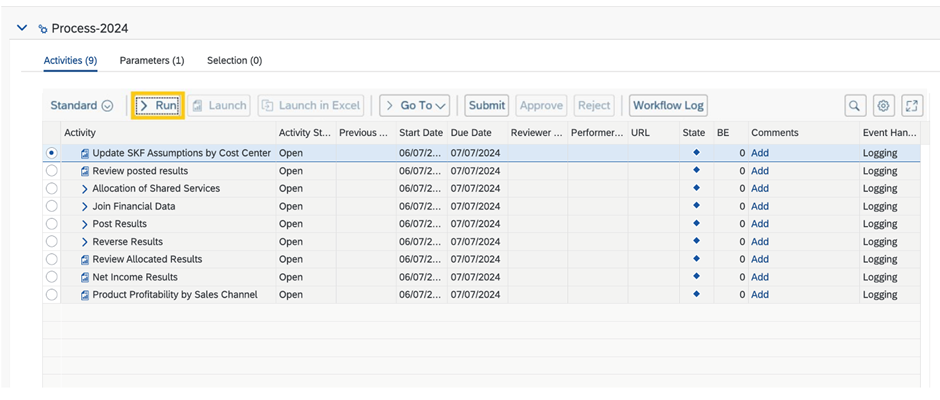
Performance and Scalability:
- SAP PaPM: Optimized for high performance and scalability, capable of handling complex calculations and large datasets efficiently. It leverages in-memory computing capabilities of SAP HANA.
- SAP CO: While reliable, it might not match the performance and scalability offered by PaPM, especially in environments with complex allocation needs and large data volumes.
PaPM has an incredibly fast run-time even for huge data volumes. In addition, PaPM provides a clear database that avoids storing an unnecessary number of rows in tables (e.g. ACDOCA), with the ability to repeat calculations until results are finalised and write allocation results only at the desired time. SAP CO must create every single line in database tables because of the requirement for traceability according to SAP standards.
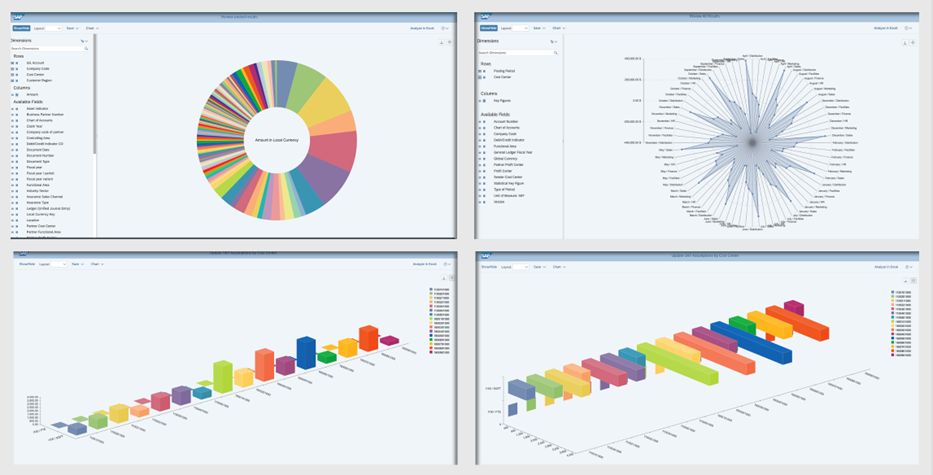
Conclusion
In summary, while SAP Controlling remains a powerful tool for traditional cost accounting and allocations, SAP Profitability and Performance Management offers enhanced flexibility, advanced analytics, and better integration capabilities. These features make PaPM a more suitable choice for modern enterprises seeking comprehensive, future-proof solutions for profitability and performance management.




